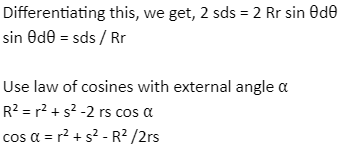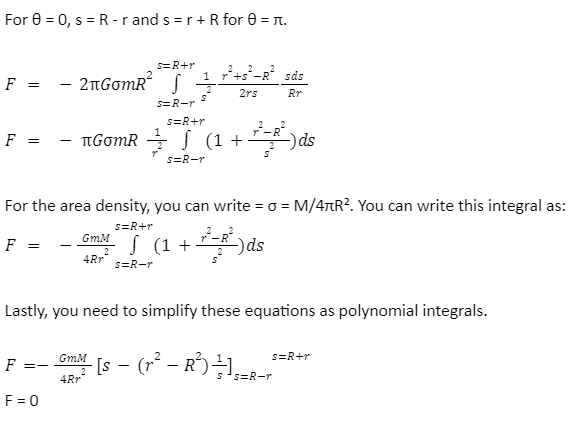How does the Earth apply a force on the Moon through the vacuum of space? How does the sun keep the planets in their orbits despite having no material communication? All these impossible things are possible due to gravity. But what exactly does that mean? What is the true nature of gravity? What is the meaning of gravitational field and so on? Here, in the notes, we will help you with the answers.
Gravitational field
Newton formulated a mathematical derivation for describing how objects gravitationally attract one another. Newton’s gravitation theory is a reasonably accurate method to describe how things work.
Newton again worked on new mathematical equations to represent a gravitational theory. The gravitational field in this example is “state in space.” There is no need for a medium that will allow gravitation to exist. The field can even extend beyond a vacuum.
The strength of an object’s gravitational field is related to its mass. In other words, strength is proportional to the mass of the object. If the object moves far away as 1 /r2, then the strength also decreases. If the object is massive, for example, Earth, then the gravitational field is strong. But in space, this field is weak.
The gravitational field around an object can be defined in two ways: with arrows or field lines. Arrows depict the amount and direction of the force at different points in space. In this, the magnitude is proportional to the length of the arrow. Field lines tell us the direction in which a force should be on an object at a given point in space. The spacing of the lines represents the magnitude of the field. The magnitude increases as the lines get closer to each other.
The gravitational field inside the spherical shell
Apply the law of gravity inside a spherical shell; a point is chosen on the axis of a circular strip of a uniform sphere, having a mass, ‘M’.
The problem is modelled as separating an infinitesimally thin spherical shell of density per unit area into infinitesimal width circular strips.
As their mass elements are predefined, the point is on their symmetry axis for any area inside the shell. There will be no loss of choosing such a position.
The triangle chosen is used to draw up the necessary integral. By using the symmetry system, all components of the force of gravity become perpendicular to ‘r’ and will cancel. In comparison, all the elements with ‘r’ will be added.
On mass ‘m’, the differential equation of force can be expressed as
dF = GmdM /s² cos α
Here, dM is known as the differential element of mass.
dM = σ2πRsinθRdθ
Therefore, the force of a spherical shell can be expressed mathematically as an integral over the given angle :

Now evaluating all the integrals, with the variables s and a that must be expressed through an angle . Here you need to use the law of cosines along with angle θ.
s² R² + r² – 2Rrcosθ

The gravitational field outside the shell:
You can now express the integral in terms of s instead of with different relationships. The method is the same for the point outside the shell, but some rules have changed.

Inside a spherical shell of mass, there is no net gravitational force on a point mass. This is important for the result because any spherically symmetric mass distribution outside of the mass m can be built as a series of such shells. This concludes that the force exerted on a mass within the radius of any spherically symmetric mass distribution is zero. If a mass ‘m’ happens within a spherically symmetric mass distribution, the mass outside its radius has no effect on the net force acting on it.
Conclusion
Therefore, in the article above, we have learned about the gravitational field; how and why the gravitational field happens inside the spherical shell. In physics, the gravitational field is a model that helps us understand the influences on the massive body that extends into space.
 Profile
Profile Settings
Settings Refer your friends
Refer your friends Sign out
Sign out






